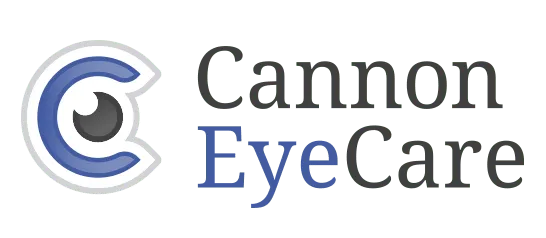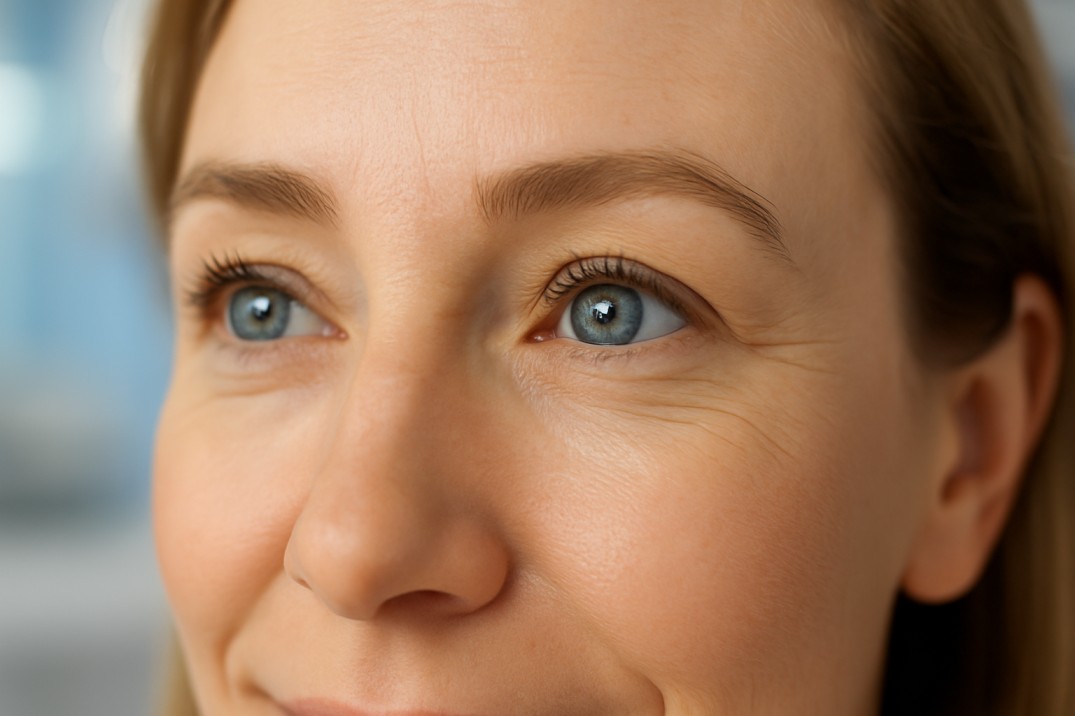What Causes a Stye and How to Treat It Fast
Understanding Stye Pathophysiology: From Glands to Infection
What is a Stye (Hordeolum)?
A stye (hordeolum) is an acute bacterial infection—typically caused by Staphylococcus aureus—that creates a painful, pimple-like swelling on the eyelid margin.
Types & Gland Involvement:
-
External Stye: Infects Zeis or Moll glands at eyelash bases
-
Internal Stye: Develops in deeper meibomian glands within the tarsal plate
Infection Process:
-
Thickened secretions block gland openings
-
Bacteria colonize the blocked gland
-
Immune response forms a pus-filled abscess

Stye vs Chalazion vs Blepharitis: Key Differences
Confused about eyelid conditions? Here’s how to distinguish these common issues:
Stye (Hordeolum)
-
Onset: Sudden (develops quickly)
-
Pain: Typically painful
-
Appearance: Red pimple-like bump with possible pus
-
Location: Eyelid margin
-
Duration: Days to 1 week
-
Key Feature: Acute bacterial infection
Chalazion
-
Onset: Gradual (weeks to months)
-
Pain: Usually painless
-
Appearance: Firm lump under the skin
-
Location: Deeper eyelid tissue
-
Duration: Months without treatment
-
Key Feature: Non-infected blocked gland
Blepharitis
-
Onset: Chronic/recurring
-
Pain: Burning/irritation (no sharp pain)
-
Appearance: Scaly red eyelid margins
-
Location: Entire eyelid edges
-
Duration: Long-term condition
-
Key Feature: Inflammation without lumps
Seek Professional Care If You Experience:
-
Swelling lasting over 10 days
-
Severe pain or vision changes
-
Symptoms spreading or worsening
Key Risk Factors for Styes: Health and Lifestyle Triggers
Certain health conditions and daily habits significantly increase stye susceptibility:
Health Conditions
-
Chronic blepharitis: Eyelid inflammation promoting gland blockages
-
Ocular rosacea: Compromised eyelid gland function
-
Diabetes: Reduced infection resistance from impaired immunity
Lifestyle Factors
-
Poor eyelid hygiene: Bacterial buildup from makeup residue or inadequate cleansing
-
Contact lens mismanagement: Improper disinfection or overwear introducing bacteria
-
Environmental irritants: Exposure to smoke or polluted air exacerbates gland issues
Proven Prevention Strategies
-
Clean eyelid margins daily with gentle, hypoallergenic cleansers
-
Remove all eye makeup before sleep using oil-free removers
-
Disinfect contact lenses nightly and replace storage cases monthly
-
Avoid sharing eye cosmetics, towels, or pillowcases
-
Manage underlying conditions like diabetes with regular checkups
Effective Home Treatment for Styes: Care Steps and Warning Signs
Most styes resolve with consistent home care. Follow these evidence-based methods:
Warm Compress Protocol
-
Soak a clean washcloth in warm water (test temperature on wrist first)
-
Apply to closed eyelid for 10-15 minutes
-
Repeat 3-4 times daily
Benefit: Softens blocked secretions, promotes drainage, and eases discomfort
Essential Eyelid Hygiene
-
Cleanse margins daily with diluted baby shampoo or specialized eyelid cleanser
-
Use gentle circular motions with clean fingertips
-
Never squeeze or attempt to pop a stye
Over-the-Counter Options
-
Antibiotic ointments (e.g., bacitracin) may aid healing
-
Always consult your eye doctor before using any medication
When to Seek Medical Care
Contact an ophthalmologist immediately if you experience:
-
No improvement after 7 days of home treatment
-
Blurred vision or light sensitivity
-
Increasing pain or swelling beyond the eyelid
-
Fever or redness spreading across the face
Preventing Recurring Styes: Essential Eyelid Care Protocol
Recurring styes often indicate unresolved triggers. Implement these evidence-based practices:
Daily Eyelid Hygiene Routine
-
Cleanse lid margins morning/night with hypoallergenic cleanser or diluted baby shampoo
-
Use lint-free pads with gentle horizontal strokes
-
Apply a warm compress for 5 minutes before cleansing to soften the debris
Makeup & Contact Lens Safety
-
Replace eye cosmetics every 3 months (mascara/liquid liners)
-
Never share makeup tools or applicators
-
Disinfect contact lenses nightly and replace cases monthly
-
Wash hands thoroughly before lens insertion/removal
Lifestyle Optimization
-
Increase omega-3 intake (flaxseeds, salmon, supplements)
-
Replace pillowcases 2x weekly
-
Avoid touching eyes with unclean hands
Medical Condition Management
-
Follow treatment plans for blepharitis/rosacea
-
Schedule quarterly eye exams if prone to styes
-
Discuss gland dysfunction therapies with your ophthalmologist
Consistent implementation disrupts the infection cycle by:
-
Preventing gland blockages
-
Reducing bacterial colonization
-
Strengthening natural defenses
Complications from Untreated Styes: Risks and Critical Interventions
Ignoring styes can lead to severe ocular complications requiring advanced care:
Major Complications
-
Chalazion: Chronic inflammation from unresolved internal styes, forming firm nodules
-
Preseptal Cellulitis: Eyelid tissue infection causing intense redness, swelling, and fever
-
Orbital Cellulitis: Vision-threatening infection behind the orbital septum requiring ER care
Emergency Warning Signs
Seek immediate medical help if you develop:
-
Worsening pain unrelieved by compresses
-
Redness spreading to cheek or forehead
-
Fever above 100.4°F (38°C)
-
Double vision or reduced clarity
Medical Treatments for Complications
-
IV/oral antibiotics targeting Staphylococcus and Streptococcus
-
Corticosteroid injections for inflammatory chalazia
-
Surgical drainage for abscesses
-
Hospitalization for orbital cellulitis with CT monitoring
Understanding the root causes, symptoms, and treatment of styes is essential not just for fast relief—but for preventing painful recurrences and avoiding serious complications. By practicing consistent eyelid hygiene, managing underlying health issues, and recognizing when to seek medical help, you can protect your eye health and minimize future disruptions.
FAQs
-
What is a stye and how does it form?
A stye is a painful red bump on the eyelid caused by a blocked oil gland that becomes infected, usually by bacteria like Staphylococcus aureus.
-
How long does a stye usually last?
-
Can a stye spread to others or is it contagious?
-
How do I safely treat a stye at home?
-
When should I see a doctor for a stye?
-
Can stress cause styes?
-
How can I prevent recurring styes?
-
What is the difference between a stye and a chalazion?
-
Can I pop a stye to get rid of it faster?
-
Are over-the-counter ointments effective for styes?
-
Why does my stye keep coming back?
-
Is it safe to wear makeup or contact lenses with a stye?



